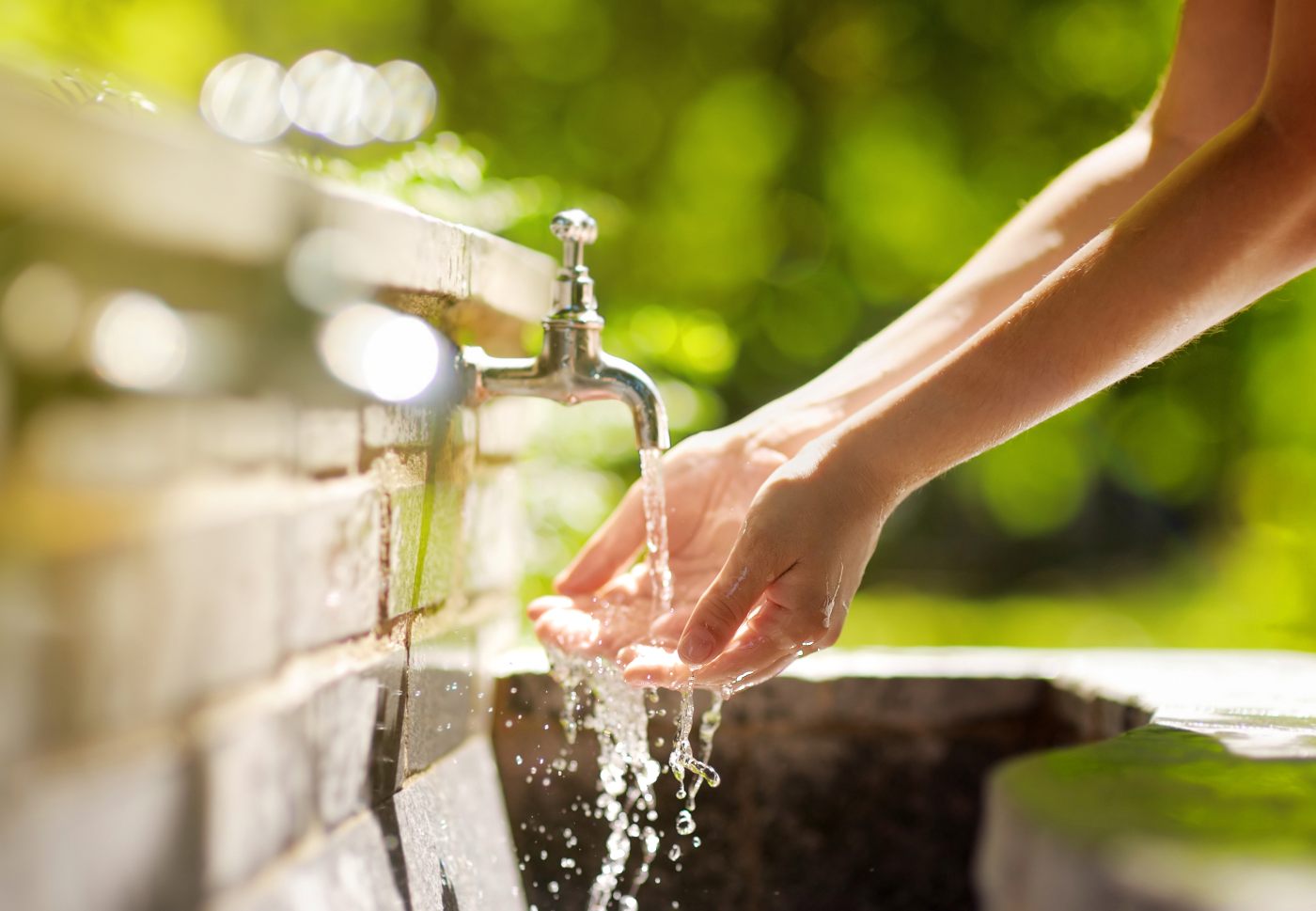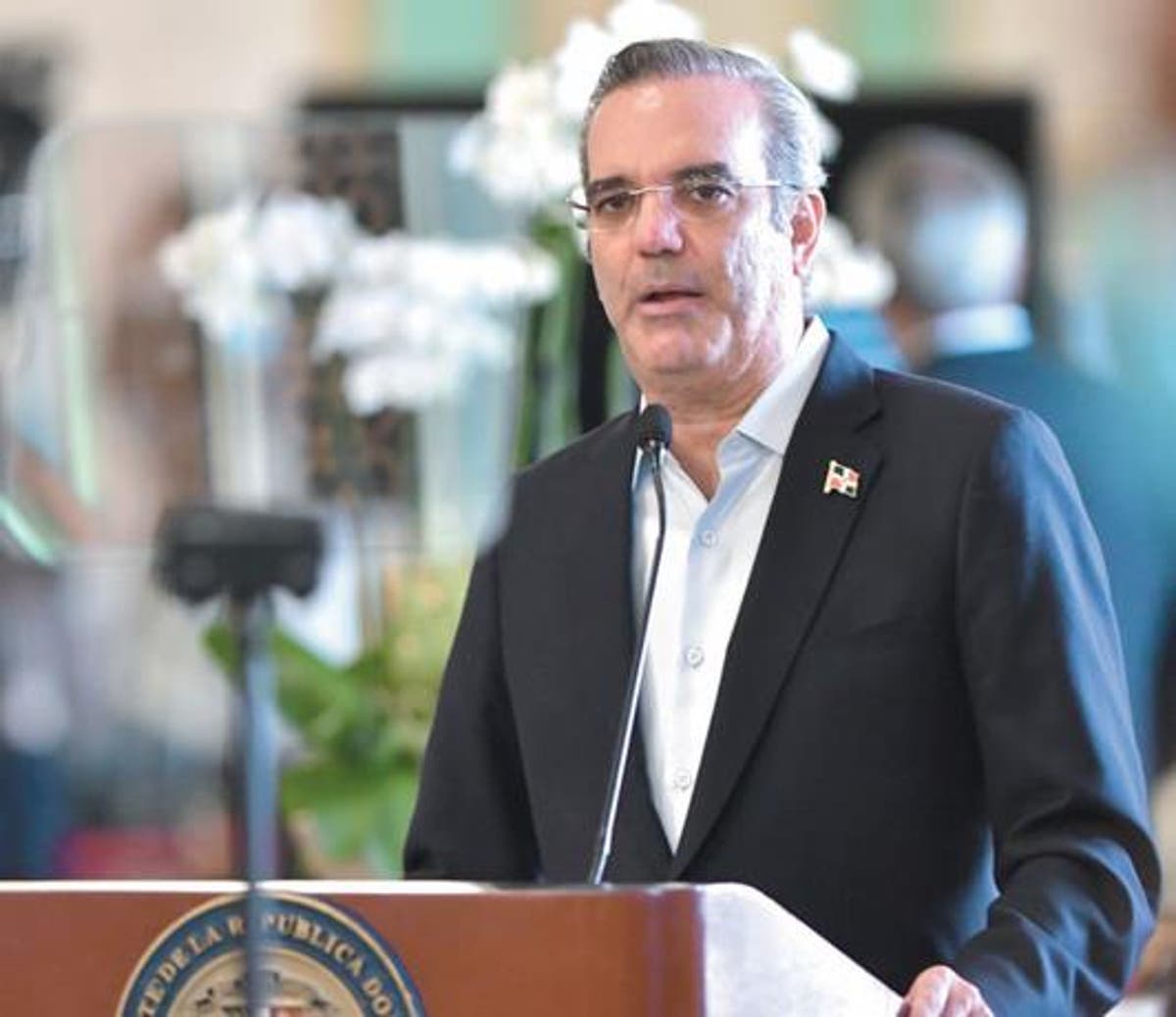To solve the country’s water problems, about $8.9 billion dollars are needed.
Santo Domingo, DR
The Dominican Republic’s water sector is burdened with historical problems that affect the economy, limit the country’s competitiveness, and expose the population to hardship and even disease.
Several government efforts and legislative initiatives have been proposed to address the situation, but the problems persist.
This Monday, the Government presided by Luis Abinader, presented the National Commitment for the Water Pact 2021-2036. It hopes to change the course of history and guarantee and protect this vital resource.
“Today we begin the rectification of a historical debt of the Dominican State with society: the water problem,” said the Minister of the Ministry of Economy, Planning and Development (MEPyD), Miguel Ceara-Hatton.
This commitment is based on six axes, as explained by the President, which are:
Integrated and institutional management of the sector.
Adequate attention to the protection and conservation of watersheds as a space for resource planning.
Efficient, resilient, and sustained water supply and demand management, considering the effects of climate change.
Prioritization and strategic use of the resource in its different services.
Valuing water as an essential and indispensable resource for life.
Efficient supply of drinking water and sanitation services inadequate quality, quantity, and timeliness.
The President indicated that the execution of this plan requires an investment of US$8.9 billion, which implies an annual investment of approximately US$567 million over the next 15 years.
Abinader said that during his government, the execution of the plan is guaranteed. At the same time, he spoke of the need to sign a pact to ensure that the successive governments will give continuity to the project.
The head of state assured that during the ten months that his government has been working on elaborating and reaching a consensus on a water policy proposal where changes of government or political control will not interfere in its execution and which will meet present and future water needs in terms of quantity, quality and opportunity.
The President indicated that the document delivered today to the Economic and Social Council (CES) is for its analysis and consensus with all the sectors involved (civil society, academia, and political groups), “as well as all the citizens, will allow us to have in the future, which we hope will be as soon as possible, a national pact for water.”
Overview of the situation
Ceara-Hatton detailed that 84% of the country’s households have toilets, and only 20% are connected to the sewage system. This implies that close to 80% of households rely on private on-site sanitation solutions.
He referred that only 26% of households receive water for 24 hours and that only 58% of households have at least one sink where there is currently water and soap for washing.
The Water Cabinet is chaired by the President and is made up of the Ministries of Environment and Natural Resources and Agriculture; the National Institute of Hydraulic Resources (Indrhi); the Santo Domingo Aqueduct and Sewerage Corporation (CAASD); the National Institute of Potable Water and Sewerage (Inapa); the Dominican Hydroelectric Generation Company (Egehid); among others.



















